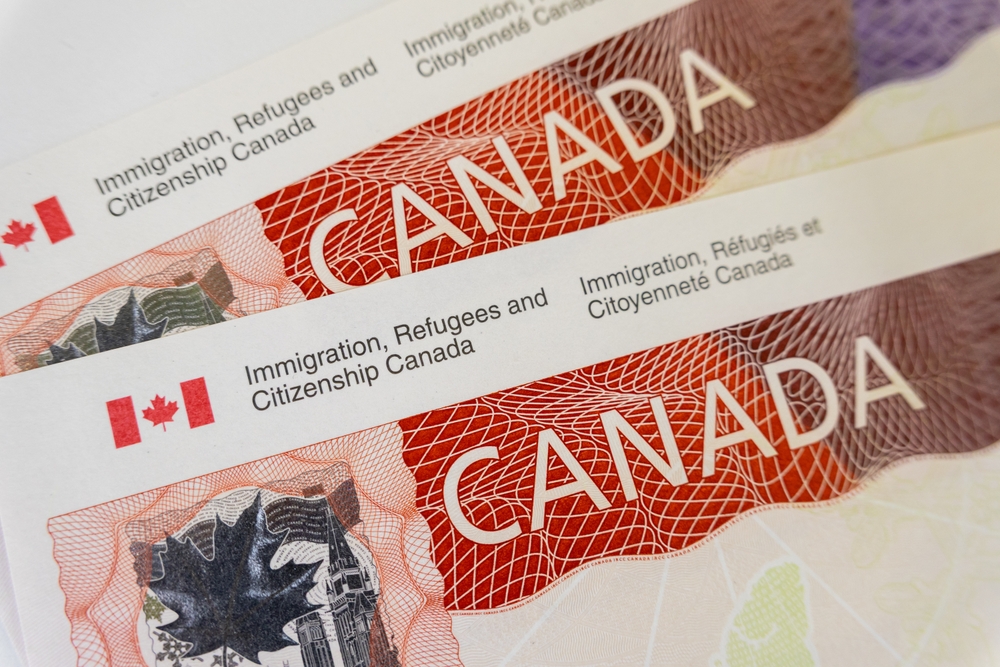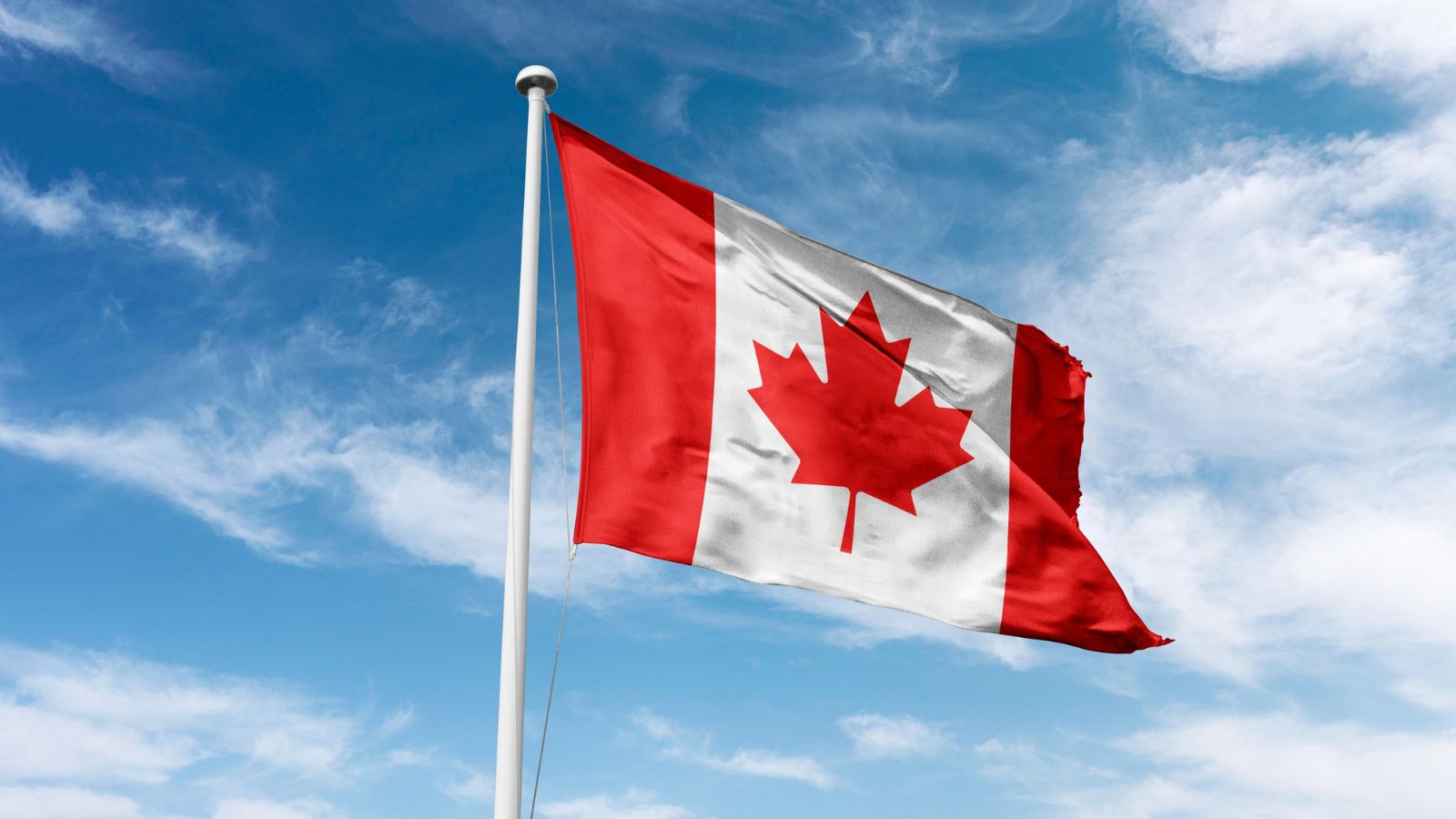While the mere thought of a global recession can send economies into panic mode, certain countries may be better equipped to navigate the storm. Among them, Canada stands out not only for its resource wealth or banking system, but for the broader resilience embedded in its institutions, policies, and people. Here are 20 reasons why Canada will thrive in the next global recession.
Conservative Banking Practices

Canadian financial institutions are known for their cautious lending practices, strong capitalization, and rigorous regulatory oversight. The Office of the Superintendent of Financial Institutions (OSFI) enforces strict rules that limit exposure to risky assets, contributing to a stable banking system. During the 2008 financial crisis, Canadian banks emerged largely unscathed, reinforcing global confidence in their stability. Credit underwriting standards remain high, reducing the likelihood of a widespread credit collapse. In a global recession, this built-in conservatism provides a significant buffer.
Stable Housing Market Regulation

Unlike markets that experience rapid bubbles and bursts, Canadian housing regulation is designed to reduce volatility. Mortgage lending rules, such as mandatory stress tests and capped loan-to-income ratios, help keep borrowing under control. While home prices in urban centres remain high, regulators have consistently intervened to cool overheating trends. These measures reduce systemic risks tied to real estate, a common trigger in global recessions. The housing market benefits from strong fundamentals such as population growth and immigration, making it less speculative in nature. That stability is a vital asset when broader markets begin to decline.
Strong Public Healthcare System

Universal healthcare means Canadians don’t face crippling medical bills during economic hardship. In a recession, the burden on individuals to pay out-of-pocket for medical needs can intensify financial stress. With access to necessary healthcare guaranteed, families are less likely to fall into debt or experience diminished productivity due to untreated illness. Additionally, the public system eases pressure on employers and entrepreneurs by eliminating the need for private insurance coverage and reducing business overhead. As economic stress rises globally, this foundational aspect of Canadian life cushions both personal finances and the broader economy.
Resource-Based Economic Buffer

While commodity prices can be volatile, Canada’s resource wealth continues to act as a shock absorber. The country is one of the world’s largest producers of energy, metals, and agricultural products. During recessions, certain resource sectors often see sustained demand, particularly for essential goods like food, oil, and minerals. Moreover, governments can leverage royalties and tax revenues from resource extraction to maintain public spending when consumer-driven sectors falter. Canada’s capacity to export critical resources to both emerging and developed markets ensures it remains economically relevant.
Fiscal Flexibility and Low Debt Ratios

Compared to many advanced economies, Canada entered recent downturns with lower public debt levels and significant fiscal room. This allows governments at both federal and provincial levels to implement stimulus measures without triggering investor panic. During COVID-19, Canada deployed one of the largest per-capita support packages globally, demonstrating its financial agility. Prudent fiscal management also helps maintain credit ratings, ensuring access to affordable borrowing. In the next recession, this capacity to stimulate growth through targeted public spending will be crucial in supporting employment and stabilizing markets.
Strong Immigration System

Canada’s merit-based immigration system continues to attract skilled workers who contribute positively to economic growth. During downturns, these newcomers often fill key labor gaps and support consumer demand. The country’s demographic challenges are partially mitigated by immigration, which helps sustain housing markets, pensions, and tax revenues. Additionally, immigrants bring entrepreneurial energy and innovation, essential traits in economic recovery. The immigration system’s transparency and efficiency also foster public support, reducing political friction even when economic anxiety rises.
Comprehensive Social Safety Net

Employment Insurance (EI), the Canada Child Benefit (CCB), Old Age Security (OAS), and other programs help protect individuals and families during economic shocks. These measures ensure basic consumption continues even when jobs are lost or wages stagnate. During recessions, maintaining a minimum level of spending is critical for stabilizing GDP. The automatic stabilizers built into Canada’s tax and welfare system reduce the severity of economic contractions. They also support social cohesion, helping prevent the kind of mass unrest or despair seen in countries with weaker support structures.
Global Trade Diversification

While some countries are heavily reliant on a single trade partner, Canada has actively pursued multiple trade agreements. CETA with the EU, CPTPP with Asia-Pacific nations, and the ongoing expansion of trade ties across Latin America and Africa reduce overdependence on the U.S. market. Diversification mitigates the impact of a recession in any one region by keeping alternative export avenues open. Moreover, participation in diverse trade blocs gives Canadian firms access to tariff-free zones even when protectionism rises elsewhere. This strategic spread provides a competitive advantage in volatile global markets.
Resilient Agricultural Sector

As a major exporter of wheat, canola, and pulses, Canada’s agricultural sector holds up well during global downturns. Food demand tends to remain relatively stable, making agriculture less sensitive to economic cycles. Farm subsidies, crop insurance, and robust supply chains ensure consistent production levels. In recent years, investment in agri-tech has also improved yields and efficiency. The sector’s rural employment base benefits smaller communities and provides economic activity in regions often overlooked in economic stimulus discussions.
Innovation and Tech Ecosystem

Innovation hubs in cities like Toronto, Montreal, Vancouver, and Waterloo have created strong clusters in AI, clean tech, and biotech. These sectors often receive government backing through research grants, tax incentives, and venture capital programs. During a recession, innovation-driven sectors can offer alternative growth paths, particularly as businesses seek efficiency gains and digital transformation. The tech workforce is both highly educated and globally connected, enabling companies to pivot quickly.
Strong Consumer Protections

Consumer protection laws, including rules on credit disclosure, fair lending, and price transparency, shield households from predatory practices that can worsen during a recession. Regulatory bodies such as the Financial Consumer Agency of Canada monitor financial institutions and enforce accountability. These safeguards reduce the risk of widespread defaults and personal bankruptcies, which can trigger negative feedback loops in recessions. Additionally, tenant protection laws and basic income supports prevent housing insecurity. A well-regulated consumer environment fosters trust and ensures spending doesn’t collapse entirely even when economic pressures mount.
Public Infrastructure Investments

Long-term infrastructure investments in transit, clean energy, broadband, and public buildings create jobs and stimulate demand during downturns. The federal government’s multi-year infrastructure plans act as countercyclical tools, ramping up spending when private investment declines. Projects across provinces also enhance long-term productivity by reducing logistical costs and improving connectivity. Infrastructure spending tends to have strong multiplier effects, particularly in sectors like construction and materials. When global demand falters, these shovel-ready initiatives keep domestic industries active.
High Education Attainment

With one of the highest rates of tertiary education in the world, the Canadian workforce is adaptable and equipped for transition. In recessions, reskilling and upskilling become essential as job demands shift. Universities and colleges across the country offer rapid retraining programs, while public funding for continuing education ensures accessibility. A highly educated population also tends to support entrepreneurship and innovation, which are key to economic renewal.
Robust Public Pension System

The Canada Pension Plan (CPP) is actuarially sound and professionally managed, with decades of stability behind it. During economic downturns, this ensures retirees continue receiving stable income, supporting household spending levels. The investment arm, CPP Investments, is diversified globally and follows a disciplined, long-term strategy that helps weather market volatility. A dependable pension framework provides intergenerational stability and reduces political pressure for emergency funding. Additionally, stable retirement incomes help insulate real estate and retail markets from dramatic downturns.
Energy Sector Adaptability

Canada’s energy industry has diversified significantly in the past decade, incorporating renewables alongside traditional oil and gas. Provinces like Alberta are investing in hydrogen, carbon capture, and wind energy to meet global climate goals. In a recession, energy demand patterns shift, but diversified portfolios allow producers to adjust. Government support for energy innovation further strengthens sectoral resilience. Plus, the ability to supply both legacy fuels and emerging energy solutions enables Canada to maintain relevance across markets. This dual-path strategy supports job retention and revenue stability in an otherwise cyclical industry.
Cultural Support for Entrepreneurship

Government grants, startup incubators, and a pro-innovation tax regime nurture small business resilience. Entrepreneurs are given access to mentorship and capital through agencies like BDC and regional development programs. During downturns, small businesses often drive local recovery through employment and adaptive service offerings. The cultural normalization of entrepreneurship, combined with policy backing, ensures that economic downturns are met with grassroots innovation. This broad entrepreneurial base distributes recovery more evenly across regions, reducing the risk of concentrated economic stagnation.
Efficient Government Response Capacity

Federal and provincial governments have demonstrated the ability to respond quickly to crises, as seen during COVID-19. Emergency relief programs like CERB were launched within weeks, reaching millions of Canadians. Streamlined public service processes and digital infrastructure support rapid deployment of fiscal tools. In a global recession, the ability to act decisively is crucial to calming markets and supporting citizens. Political coordination, data sharing, and intergovernmental cooperation have improved in recent years, enhancing preparedness.
Strong Global Reputation

Canada’s global image as a trustworthy, rules-based democracy bolsters investor confidence even in unstable times. The country often ranks high in metrics like transparency, governance, and freedom, making it a safe haven for capital. International firms looking to hedge risks frequently expand into Canadian markets during economic uncertainty. Diplomatic consistency and stable institutions make trade and investment flows more predictable. These intangibles, though hard to quantify, have a real economic impact when volatility hits global markets.
Public Confidence in Institutions

Trust in institutions, from the healthcare system to courts and public broadcasters, remains relatively high compared to other countries. This trust is crucial in maintaining social cohesion during recessions. Populations that believe in the effectiveness of government measures are more likely to comply with fiscal and public health directives. Trust also supports civic engagement and reduces misinformation-driven panic, which can worsen economic crises. Institutional credibility helps maintain order and enables more effective crisis management, creating a feedback loop of stability.
Regional Economic Diversity

Each province contributes distinct strengths: Alberta in energy, Ontario in finance and manufacturing, Quebec in aerospace and AI, and British Columbia in forestry and film. This diversity spreads economic risk across multiple sectors and regions, softening the blow of sector-specific downturns. Localized economic cycles mean that while one area may be contracting, another may still be growing. Regional autonomy also allows tailored responses to economic challenges, with provincial governments crafting strategies that fit local needs. This internal variety enhances national resilience.
25 Facts About Car Loans That Most Drivers Don’t Realize

Car loans are one of the most common ways people fund car purchases. Like any other kind of loan, car loans can have certain features that can be regarded as an advantage or a disadvantage to the borrower. Understanding all essential facts about car loans and how they work to ensure that you get the best deal for your financial situation is essential. Here are 25 shocking facts about car loans that most drivers don’t realize:
25 Facts About Car Loans That Most Drivers Don’t Realize
